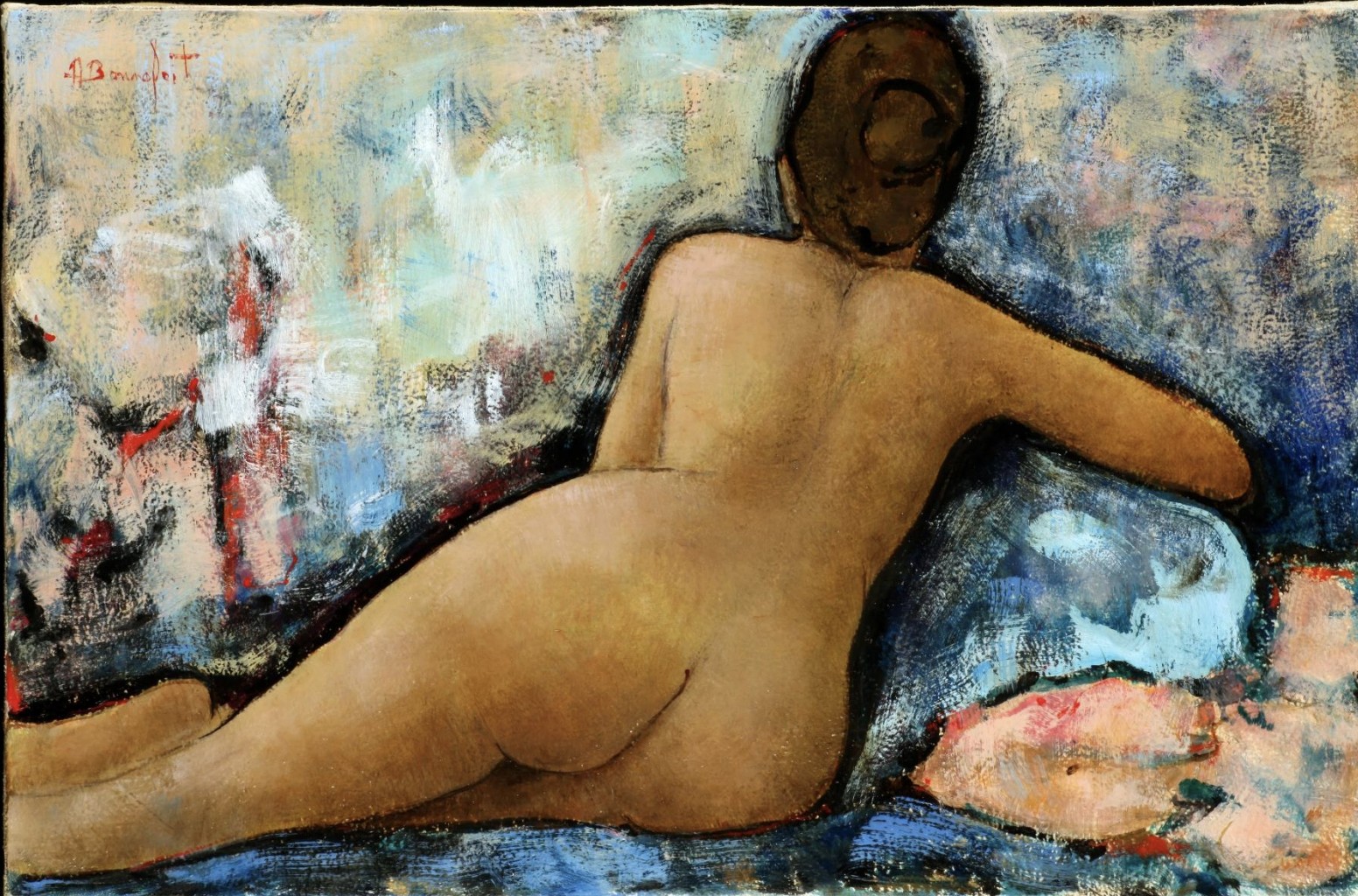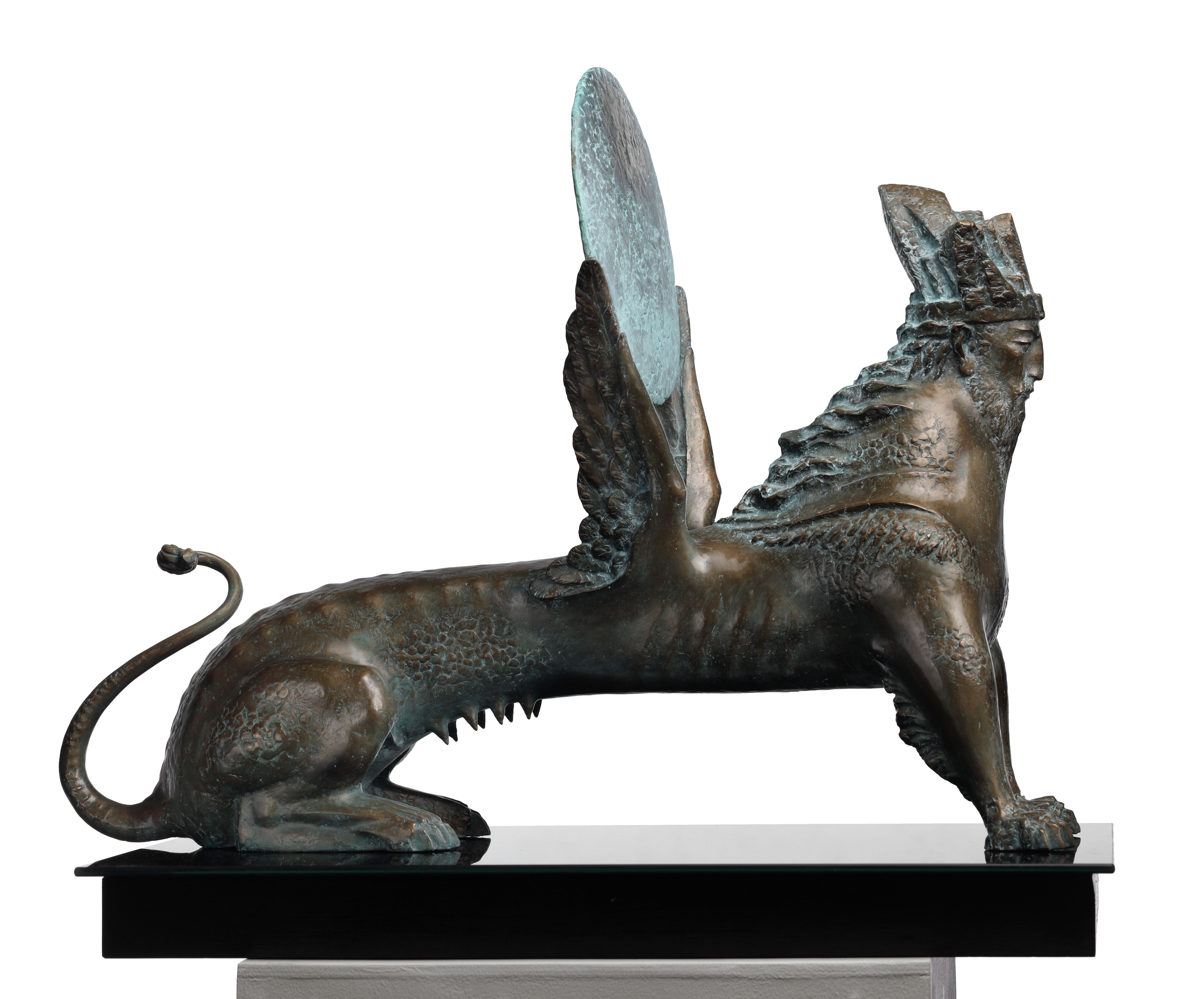Erarta Museum of Contemporary Art is proud to present Liudmila Konstantinova's solo exhibition. The project will run from 25 March to 20 June and feature over thirty artist's paintings, sculptures and digital prints
Konstantinova belongs to those contemporary Russian artists who adopted traditions of Moscow Conceptualism, having completed this experience with the aesthetic codes of new reality including the dominance of digital images. And if conceptualism has elicited the conditions for art percepting and idea understanding, the following generation of artist doubt the very existence of such conditions.
Konstantinova’s exhibition can be compared with kaleidoscope optics, where a vital image arises from a variety of techniques, trends and quotes: from Suprematist abstractions of Russian avant-garde to pop-art simulations, principle of citing and postmodernist conjoining of the incompatible. Using quotations and compilations the artist collects her own set of intriguing symbols and associations. But the language disintegration does not interfere with the integrity of the author’s original statement.
The works by Liudmila Konstantinova are not ambitious by definition; they are not active and offer neither an ultimate answer nor a new artistic search. But being associatively exquisite, ironic, and sometimes even sarcastic, they draw the viewer into a flow of subtle images balancing on the edge of the illusory and the real.
There is always a sense of precariousness and deprivation of support caused by the loss of objective reality. Thus the author continues the discourse started by Jean Baudrillard on the topic of loss of distinction between reality and its representation. Now the representation as the ratio of reality and its image is replaced with a simulacrum, an operational copy, overthrowing the linear relationship between the real and its concept.
Some titles of Ludmila Konstantinova’s works turn out to be fairly petrifying – such as “But the “Gulag Archipelago” is a fiction, isn’t it?". This text, transpiring through the snow-white lace fabric, symbolizes both blindness and vibrant awakening, sharpened by this inappropriate question from the real life.
The image of frightening semantic sterility is present in a few other works with texts such as the calico “Everything is fine” or the grimly green “No ambitions”. The search for a meaning fails and the equality between signifier and signified hums with devastating emptiness. The same theme runs through the naïve and pseudochildish works depicting a dog (“Bitch”) and a cow (“Heifer”).
We are so accustomed to global digital codes that often we even lose the ability to identify the original. And the deliberate failures and mistakes in Konstantinova’s works point to this nonidentity of the real and its symbolic meaning.
Thus the question of ostensibility and faithful representation is raised through the errors and distortions of reality. On this narrow path she often refers not to the prototype of the real, but to its mass culture paraphrase. Looking at the series “Degenerotype” with malformed female faces, it is hard to imagine the original images that had existed before the progressing error of repeated distortion started. The heroines moved to the canvas from pages of brutal comics, where their faces change from page to page and become self-caricatures.
The artist does not refute the false and does not reveal the truth, but somehow she reconciles one with the other as parts of the indivisible reality. This is where the Baudrillard’s idea of impossibility to find the absolute level of the real comes up. "Illusion is no longer possible, because the real is no longer possible". Therefore, no ambitious disclosures are made and only names of the elements are given. There is no aspiration for a singular solution, but admittance of the multiplicity.
Liudmila Konstantinovna often mocks at the question of the artist’s practical utility. Hence such titles for colorful geometric images as “Painting for holes” or “This is no abstraction”.
Some works by Konstantinova deliberately create false impressions. An inattentive overlook may mistake them with abstract art. In fact, they are not; moreover, they have much more in common with realism. The distinguished geometric forms represent enlarged fragments of various surfaces: a precious stone refracted in the light spectrum, a crumpled piece of paper with indented texture, still water surface inscribed with oval patches. The colorful and minimalist canvases mislead the viewer, offering a choice of the generalized vision and the real prototype of its simulation. For example, in the form of its digital conversion we see the texture of a graphic program or a smartphone screen with a colorful grid when preloading an image.
Konstantinova’s art is akin to mirror fragments of the reality, absorbing all its senses and meanings. It looks as a distortion of all previous experiences, a pseudo conceptualist game where the main prize is not the answer, but the merely repeated questioning.
Elizaveta Shagina
Curator of the exhibition











